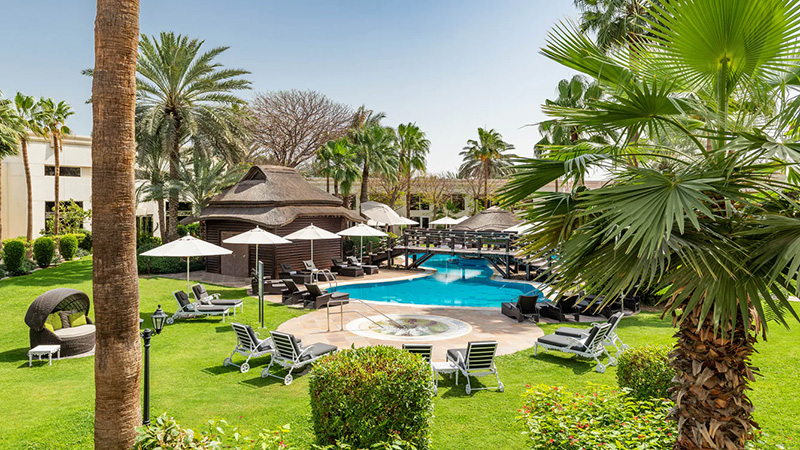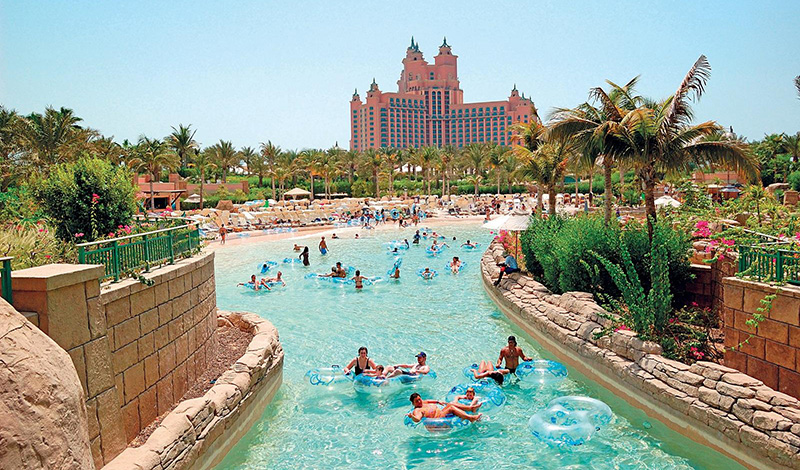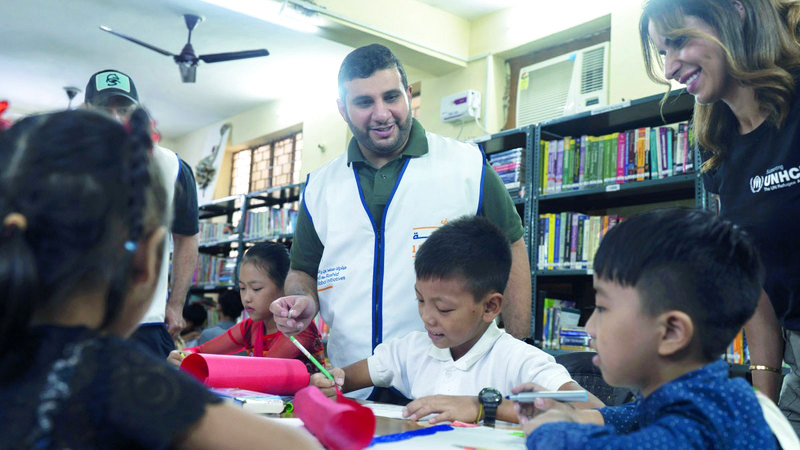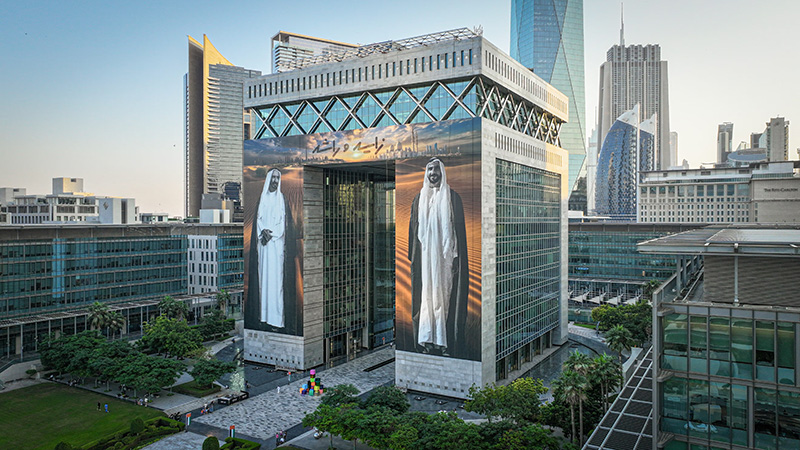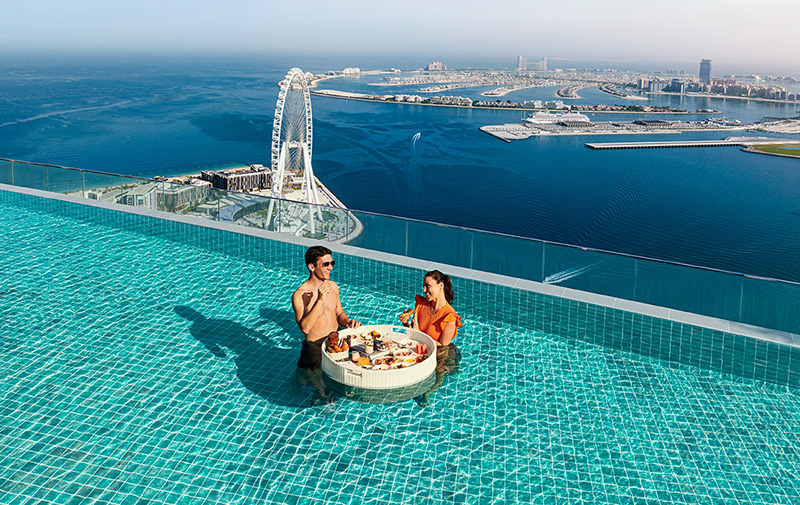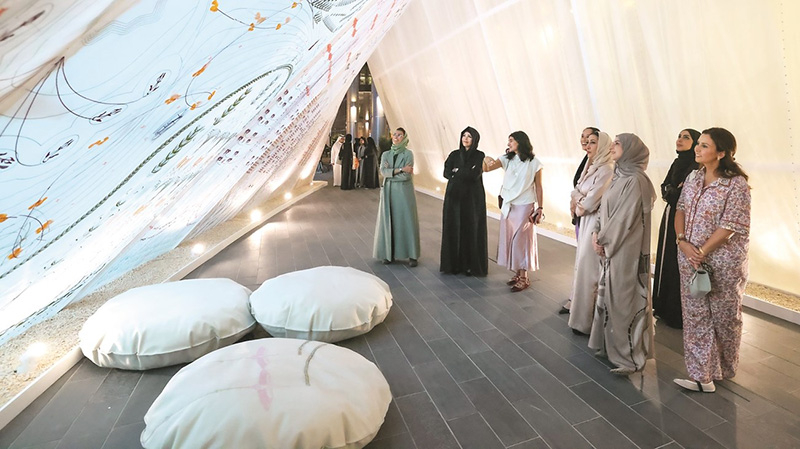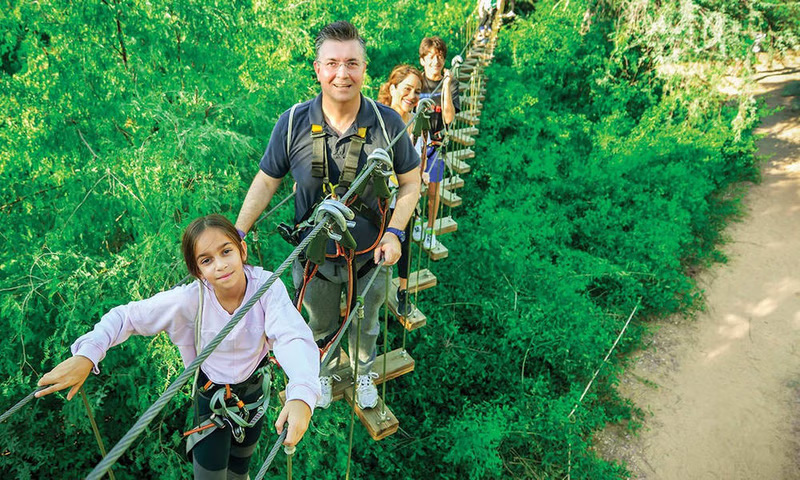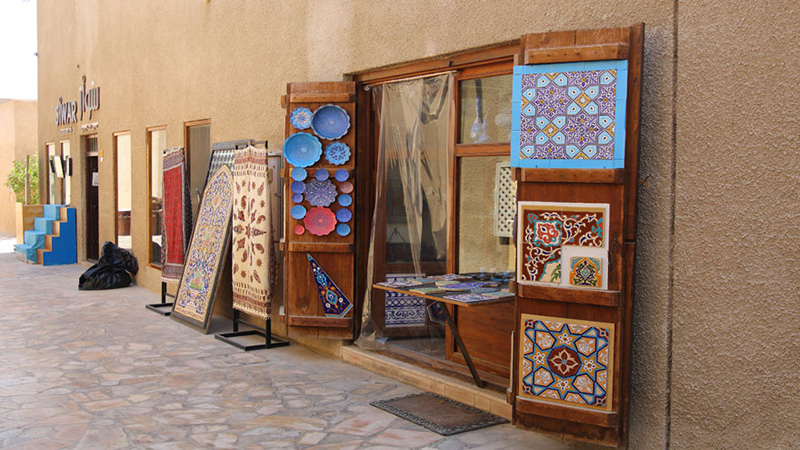
Dubai’s ambition on the world tourism stage isn’t just about numbers — it’s about weaving culture, history, and innovation into the visitor experience. Amid its celebration of World Tourism Day on September 27, Dubai marked a significant milestone: 9.88 million international visitors during the first half of 2025, reinforcing its stature as a global destination of choice.
A Heritage Strategy That Speaks Volumes
Dubai’s cultural authority, “Dubai for Culture & Arts,” is committed to elevating cultural tourism through exhibitions, festivals, and immersive initiatives. The authority affirms that heritage is not only a tourist pull but also a living asset—one that shapes identity, storytelling, and shared memory.
Under its care are five museums, five heritage sites, and 17 archaeological locations dotted across the Emirate. At their center is the Union Museum, which houses archival treasures, educational exhibits, and documents the Founding Fathers’ journey. The museum sits within “Dar Al Ittihad,” itself recognized by regional heritage registries for its architectural and symbolic value.
Then there’s Al Shindagha Museum, the UAE’s largest heritage museum. Named a “Travelers’ Choice 2025” winner by TripAdvisor, it ranks among the top 10% of cultural destinations globally. Its popularity stems from a collection donated by over 100 individuals, along with family‑friendly storytelling that captures Dubai’s evolution.
Al Fahidi Historical Neighborhood is another cultural jewel, a living museum of mid‑19th to mid‑20th century Emirati life. Walking its alleys, visitors experience traditional wind towers, coral‑plaster homes, and craft workshops—a rare chance to absorb the rhythms of old Dubai.
Hatta Heritage Village offers a contrast: a mountain enclave that bridges the past and the present. Its traditional architecture, craft demonstrations, and cultural programming bring to life the legacy of the Hajar landscape and its people.
Archaeology Anchors In‑Depth Discovery
Beyond the built heritage, Dubai’s archaeological sites span epochs—from paleolithic to Islamic era. These sites invite both curious travelers and academic minds to trace the city’s prehistoric roots through to its medieval chapters.
Saruq Al‑Hadid, discovered in 2002, is among the most significant. The site’s artifacts are now displayed at the Saruq Al‑Hadid Museum in Al Shindagha, elucidating the Emirate’s metalworking and trade in antiquity. Other remarkable locations include Jumeirah Archaeological Site, tied to the Abbasid era (900–1800 CE), Al ‘Ashoush (third millennium BCE), and Al Qusais (2500–550 BCE), where Bronze and Iron Age communities once thrived.
These places aren’t just dig sites — they are chapters of a continuous human story. Their curation allows visitors to traverse time and imagine the region’s shifting landscapes, technologies, and societies.
Tourism, Identity & Sustainability — A Harmonious Vision
Dubai’s cultural leadership, led by the director general of its arts authority, emphasizes that the city’s diversity is its strength. The 2025 World Tourism Day theme—“Tourism & Sustainable Transformation”—resonates deeply with this ethos.
The city is weaving technology, artificial intelligence, and community participation into heritage preservation and storytelling. Future museum models aim to not only display but to co‑create stories with communities, making visitors part of the narrative rather than passive onlookers.
Through this approach, Dubai cements its vision: not just a city you visit, but a living stage of culture, innovation, and shared memory.


